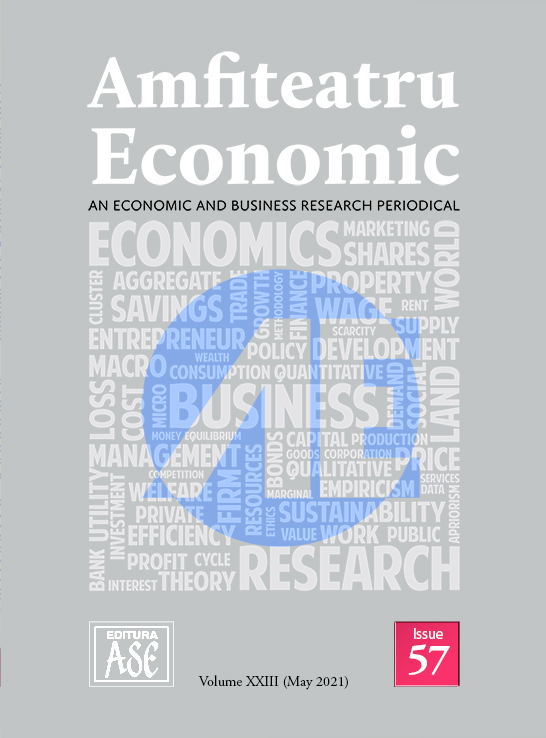Wearable Technology Adoption Among Romanian Students: A Structural Model Based on TAM
Wearable Technology Adoption Among Romanian Students: A Structural Model Based on TAM
Author(s): Mihai Felea, Mihaela Bucur, Cristian Negruțiu, Maria Nițu, Dragoș Andrei StoicaSubject(s): Business Economy / Management
Published by: EDITURA ASE
Keywords: Wearable Devices; Internet of Things (IoT); Technology Adoption; Technology Acceptance Model (TAM); Structural Equation Modelling (SEM); Partial Least Squares (PLS);
Summary/Abstract: The Internet of Things (IoT) has gained particular attention, both from academia and from companies and industries, as a result of its characteristics and the opportunities that this technology generates for end-users and for the business environment. Thus, the creation of this network that connects the objects around us allowed optimization and improvement of activities in various fields.The adaptation and deployment of IoT in wearable smart devices has created an important market, due to the popularity, the functionality and the use of these devices in various professional and everyday activities. The purpose of this paper was to examine the adoption of wearable technology in the broader context of the development of innovations and technologies in the field of IoT. A new theoretical model based on Technology Acceptance Model (TAM) was developed and tested to identifying the relations between factors influencing the attitude towards use and the intention to use of wearable devices. A survey carried out on Romanian students provided the necessary data to test the model. The results of Structural Equation Modelling (SEM), based on the Partial Least Squares (PLS) method, led to the acceptance of eight out of the nine issued hypotheses, indicating that the three exogenous variables (perceived usefulness, perceived enjoyment and visual attractiveness of wearable devices) have a significant positive influence (with one exception) on endogenous variables (intention to use and attitude towards the use of wearable devices).
Journal: Amfiteatru Economic
- Issue Year: 23/2021
- Issue No: 57
- Page Range: 376-391
- Page Count: 16
- Language: English

